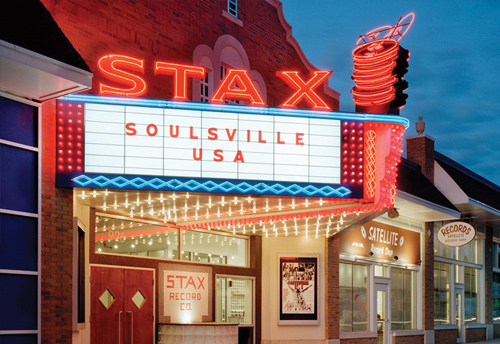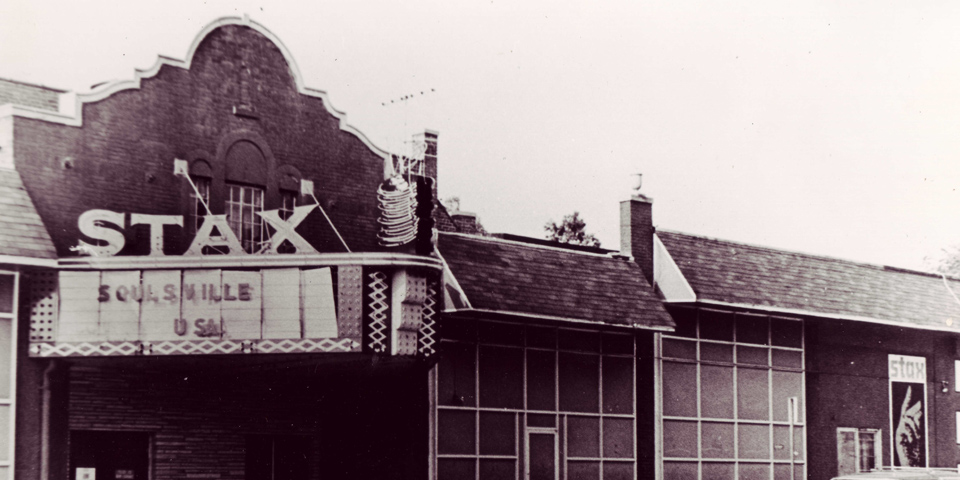
STAX: THE TIMELINE
While the action of SOUL The Stax Musical presents a theatrical version of the story, it is of course based (however loosely) on very real people and events. To help ground the flow of the narrative with a selective timeline, here are some excerpts from the official Stax history; for the complete version and even more background, you can visit www.staxmuseum.com.
1957
SATELLITE RECORDS FOUNDED
Jim Stewart founded Satellite Records. A banker by day and country fiddle player by night, Stewart knew that he could never make it as professional musician; however, he felt he could be the next best thing—a producer—despite having no experience or knowledge of the recording industry.
1960
SATELLITE BECOMES STAX
Stewart approached his older sister, Estelle Axton, for help and she mortgaged her house to buy a console recorder for the studio and support the relocation to a former movie theater in Memphis. The company was renamed Stax, a combination of the first two letters of Stewart and Axton’s last names.
ESTELLE AXTON OPENS THE SATELLITE RECORD SHOP
Axton turned the theater’s concession stand into the Satellite Record Shop. The shop paid the rent, but it also helped her develop an ear for which records would sell and why. Neighborhood residents would come in, play records, and eventually find their way into the studio.
THE FIRST HIT RECORD & ATLANTIC RECORDS DEAL
The new studio’s first single, a duet between Rufus and Carla Thomas called “Cause I Love You”, became a local hit through radio airplay and the 40,000 copies it sold regionally drew the attention of Atlantic Records’ Jerry Wexler. With a deal for first refusal, Atlantic took over Stax’s distribution, making it easier for the label to get their records into stores.
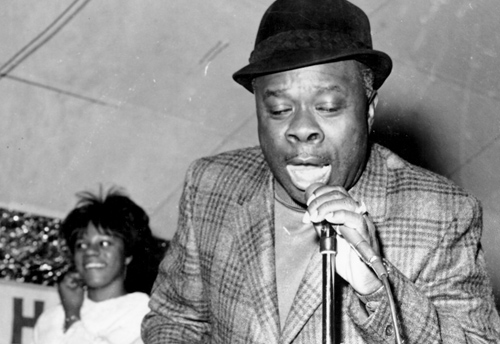
1962
OTIS REDDING ARRIVES AT STAX
In 1962, Redding arrived at Stax as a chauffeur for Johnny Jenkins and the Pinetoppers from Macon, Georgia. When he was allowed to sing after Jenkins’ session, the room stood still. Redding would become the label’s biggest star.
1963
MARTIN LUTHER KING, JR. GIVES “I HAVE A DREAM” SPEECH
1965
AL BELL JOINS STAX
With Stewart behind the boards in the control room and Axton managing the store, Stax needed someone to promote the studio’s output to the masses full time. Al Bell, a stylish former DJ with a gift for sales, was hired as Stax’s promotions man.
WATTS REBELLION BEGINS
1967
EUROPE WELCOMES STAX WITH OPEN ARMS
In 1967, Al Bell, Otis Redding, Eddie Floyd, Carla Thomas, the MG's, and the Mar-Keys took off on Stax’s first European Tour. European fans went crazy for Stax—audiences saw the music as authentic and the people who made it as stars.
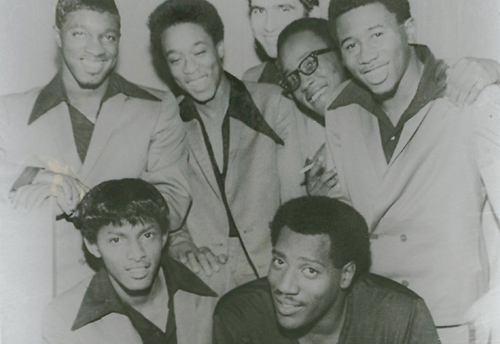
OTIS REDDING IS KILLED IN A PLANE CRASH
Redding was back in the studio in late November of 1967 to record “Dock of the Bay” before setting off on a quick tour with the Bar-Kays.
Just moments after being cleared for landing , the band’s private plane careened out of the sky and into a frigid lake, killing Otis Redding, guitarist Jimmy King, drummer Carl Cunningham, saxophonist Phalon Jones, organist Ronnie Caldwell, valet Matthew Kelly, and pilot Richard Fraser. Trumpeter Ben Cauley was the only survivor.
1968
MARTIN LUTHER KING, JR. IS ASSASSINATED IN MEMPHIS
STAX’S DEAL WITH ATLANTIC RECORDS CRUMBLES
Atlantic Records was sold to Warner Bros. in 1967 and Jim Stewart’s attempts to negotiate with the new owners fell through. Warner refused to return the master tapes, citing a clause in Stax’s original contract. Warner also took control of musicians Sam and Dave, who had been “on loan” to Stax as part of their original deal with Atlantic.
1969
THE SOUL EXPLOSION
After Estelle Axton left Stax in 1969, Al Bell was promoted to vice president. Bell steered Stax into a prolific period of recording that united Stax’s creative forces. During the Soul Explosion, 30 singles and 27 albums were recorded in eight months, including Isaac Hayes’ album, “Hot Buttered Soul.”
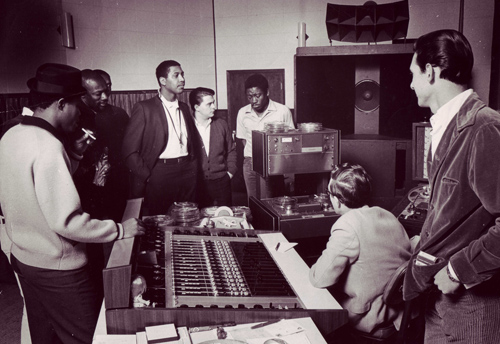
1972
WATTSTAX
Al Bell was on a mission to extend Stax’s reach coast-to-coast, and the seventh annual Watts Summer Festival (commemorating the 1965 Watts Rebellion) provided the perfect stage. Bell sent a significant portion of the Stax roster—Isaac Hayes, The Staple Singers, Rufus Thomas, Johnnie Taylor, the Bar-Kays, and others—to play a festival show in Los Angeles on Aug 20, 1972.
THE IRS GETS INVOLVED
Johnny Baylor, Stax’s formidable private security agent, was detained at Memphis International Airport with $130,000 cash in his briefcase. Though Baylor claimed the cash was his, the incident caught the attention of the IRS, who began to investigate the company.
CBS DISTRIBUTION DEAL CRUMBLES
Stax’s distribution deal with CBS collapsed in 1972, meaning that, while the label had songs, they had no way to get them into customers’ hands. Unable to sell records, Stax fell deep into debt.
1975
STAX FORCED INTO BANKRUPTCY
In December 1975, federal marshals marched into the studio and ordered everyone to vacate the building. The building was seized and the company forced into bankruptcy after three creditors sued the label for unpaid debts. The bank took everything, including the master tapes, and the label that had become the community and livelihood of so many ceased to exist.
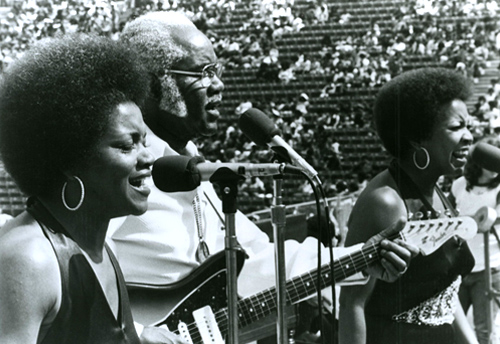
1977–1979
FANTASY RECORDS REVIVES STAX
Fantasy Records hired longtime Stax songwriter David Porter to help relaunch the Stax label. However, the revival was short-lived, as listeners’ tastes had begun to shift away from soul and funk towards disco and rock.
1981–1989
THE VACANT STUDIO IS DEMOLISHED
The studio sat vacant until 1981, when the land was sold; the building was razed in 1989. A historical marker was dedicated in June of 1991, but the lot where Stax once stood remained empty.
1991–2004
RENEWED INTEREST IN STAX’S CLASSICS
The Stax Complete Singles Box Set, which contained all of the Stax and Volt singles retained by Atlantic Records, was released in 1991, and the book “Soulsville USA: the Stax Records Story” was released in 1997. In 2004, Concord Records purchased Fantasy and revived the Stax label, releasing new records by Stax stars and reissuing some of the label’s classics.
1997
SOULSVILLE FOUNDATION FORMED
A group of community leaders, philanthropists, and former Stax employees, including Deanie Parker, formed the Soulsville Foundation to provide mentoring and music-focused educational opportunities for neighborhood children. The Soulsville Foundation is the parent organization for the Stax Museum of American Soul Music, The Stax Music Academy and the Soulsville Charter School, on the original Stax Records site, which continue to tell the Stax story.
